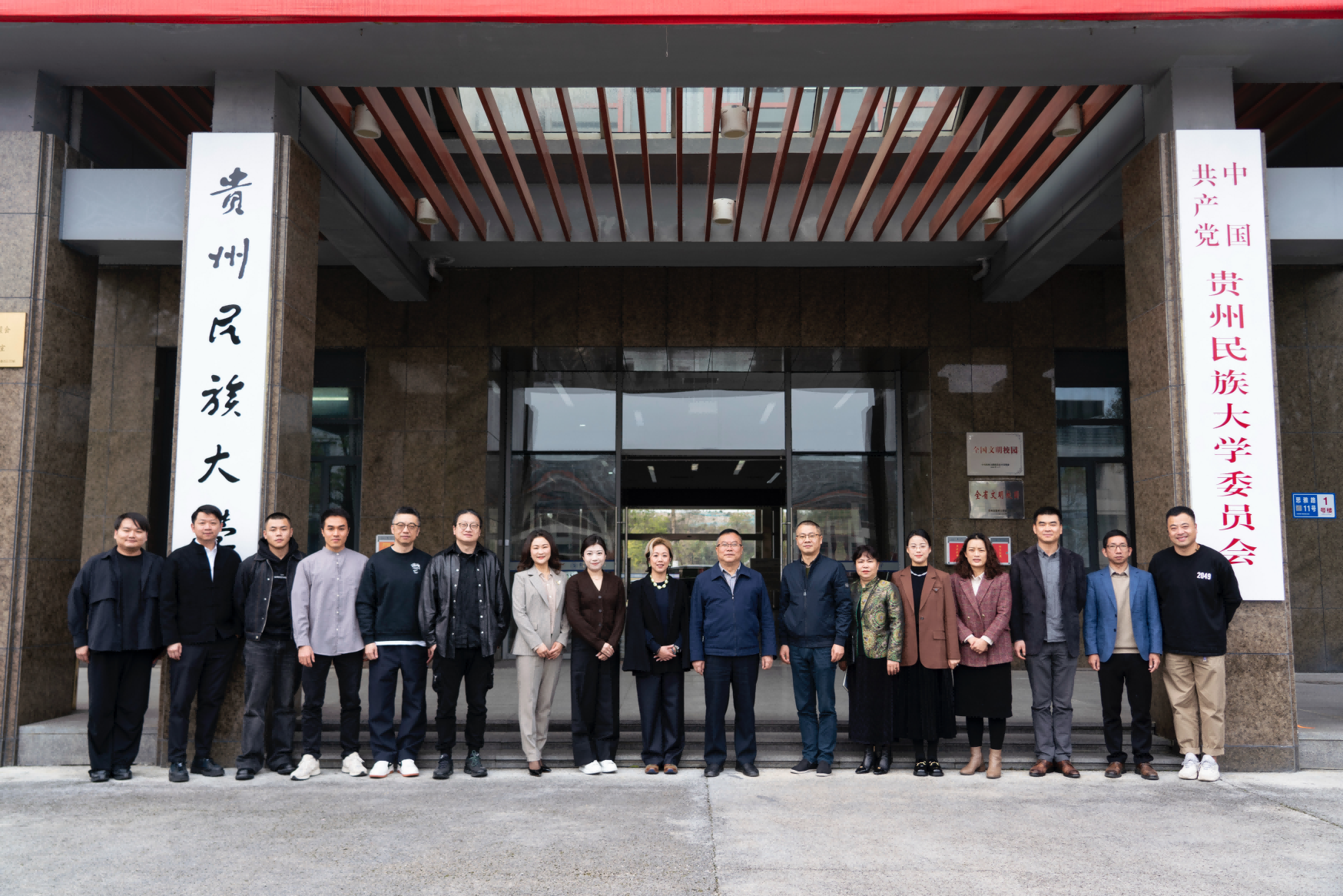
What is ValueChain Integration?
ValueChain Integration is the process of linking the different parts of a company's value chain to increase efficiency and profitability. This includes integrating suppliers, manufacturers, distributors, and retailers to streamline operations and reduce costs.
Why is ValueChain Integration important?
ValueChain Integration is important because it can help a company reduce costs, increase efficiency, and improve customer satisfaction. By integrating the different parts of a company's value chain, it is possible to eliminate redundancies, reduce waste, and improve communication between different departments.
How can ValueChain Integration be achieved?
ValueChain Integration can be achieved through a variety of methods, including the use of technology, collaboration with suppliers and distributors, and the implementation of lean manufacturing principles. Companies can also use data analytics to identify inefficiencies in their value chain and develop strategies to address them.
What are the benefits of ValueChain Integration?
The benefits of ValueChain Integration include reduced costs, increased efficiency, improved customer satisfaction, and increased profitability. By streamlining operations and eliminating redundancies, companies can reduce their overhead costs and improve their bottom line. Additionally, by improving communication and collaboration between different parts of the value chain, companies can improve their overall efficiency and customer satisfaction.
What are the challenges of ValueChain Integration?
The challenges of ValueChain Integration include the need for collaboration and communication between different parts of the value chain, the need for investment in technology and infrastructure, and the need for a cultural shift within the company. It can also be difficult to implement new processes and procedures, especially if they require changes to established ways of doing things.
Conclusion
ValueChain Integration is an important process for companies looking to increase their efficiency and profitability. By linking the different parts of the value chain, companies can reduce their costs, improve their efficiency, and improve their customer satisfaction. While there are challenges to implementing ValueChain Integration, the benefits far outweigh the costs for companies that are willing to invest in this process.
 中小企业网
中小企业网




